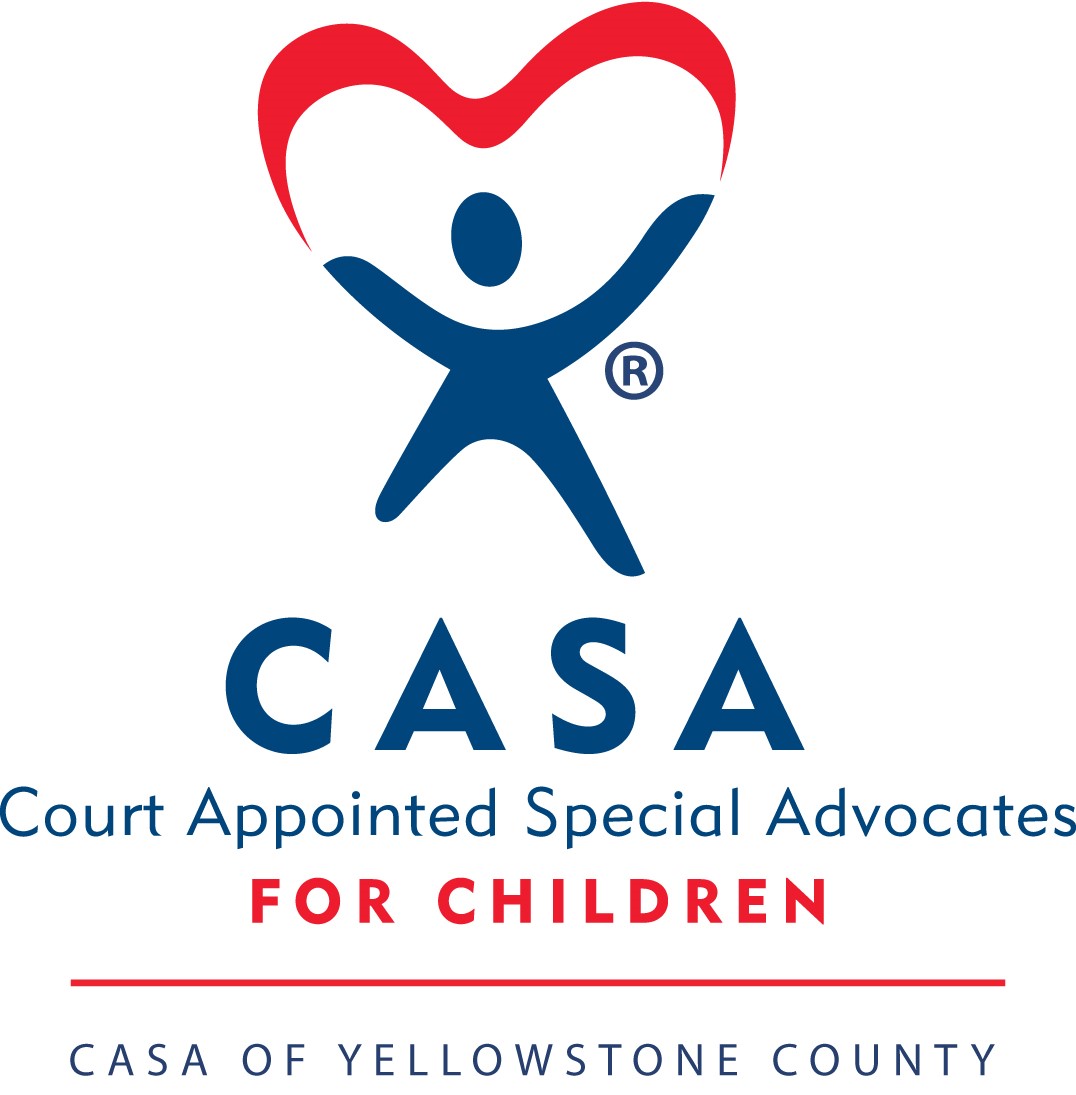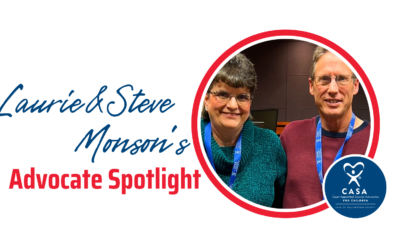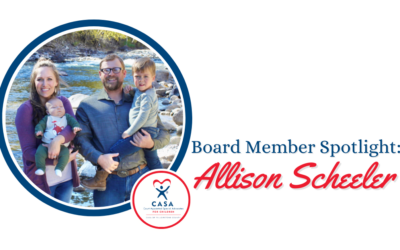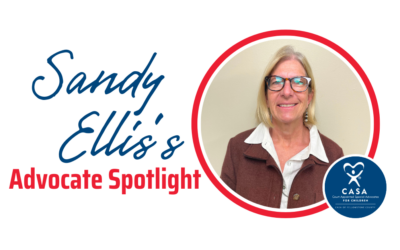 Debbie Desjarlais describes herself as a Native American graphic designer. Based in Billings, she is an enrolled member of the Turtle Mountain Band of Chippewa Indians, and an Assiniboine descendent. Growing up, Debbie spent her early years in Billings and on the Fort Peck Reservation. She has degrees in business finance from Montana State University, and visual arts and graphic design from South Dakota State University. Back in April, you may have caught an article in the Billings Gazette about a popular series of handmade greeting cards Debbie created based on the design of morning star quilts.
Debbie Desjarlais describes herself as a Native American graphic designer. Based in Billings, she is an enrolled member of the Turtle Mountain Band of Chippewa Indians, and an Assiniboine descendent. Growing up, Debbie spent her early years in Billings and on the Fort Peck Reservation. She has degrees in business finance from Montana State University, and visual arts and graphic design from South Dakota State University. Back in April, you may have caught an article in the Billings Gazette about a popular series of handmade greeting cards Debbie created based on the design of morning star quilts.
In 2019, she partnered with her brother Orville Desjarlais, a Native American publisher and editor, to create NativeWellness.Life (pronounced “Native Wellness Life”), a monthly magazine for American Indians and Alaska Natives. If you have visited the CASA of Yellowstone County office over the past year, you have probably seen a copies of NativeWellness.Life in the waiting area!
I recently sat down for a conversation with Debbie to talk about the magazine.
What inspired you to start NativeWellness.Life? And how did that process unfold?
My brother and I knew we had skill sets that we could help people with. A lot of different people had asked me over the years to do newsletters for them. Eventually I thought, “You know, we could do this for all Native Americans!” We finally got the courage to do it last year. We put our promo piece together, marched up to Helena and asked DPHHS [Department of Public Health and Human Services] if they would stand behind something like that. We had several different meetings with different people, and they told us they loved the magazine and wanted to help promote it. Soon tribal leaders started buying it and telling me what they liked about it. Then the colleges started getting behind it too. MSU in Bozeman was one of the first, and it snowballed from there.

Every issue of NativeWellness.Life includes a “Just for Kids” section. What do you hope the magazine can offer for Native American children?
We always envisioned it being a colorful, easy-to-read publication. We wanted a magazine that everyone in the household would be able to enjoy, from the grandparents to the children. I came up with the “Just for Kids” section right away. And I always have so much fun making it! We want kids to migrate to the magazine, open it up and go straight to their page. Whether it’s pictures, captions, cartoons, stickers, or places to draw, we try to make it easy, fun, and engaging. I try to think, “If I were a kid, what would I want to see, and how would I want to interact with this page?”
What do you hope NativeWellness.Life can do for Native American families and communities?
I hope it will entertain both Native and non-Native families. We like to focus on healthy living, especially easy steps people can take, one step each month. If you give them something entertaining and visual, they will be more likely to read it and get something out of it. We’ve recently started working with food distribution programs on the reservations, and people seem to like our cooking section of the magazine, so we are now adding a Native Nutrition section as well. We want the magazine to help people think about how to make things, but in a healthy way, such as adding wild rice instead of bread crumbs in meatloaf! People can see it and think, “Hey that’s a good idea.” Our number one thing is making people feel positive and feel good about themselves.
What is your vision for NativeWellness.Life over the coming years?
Nationwide! My first goal when we started the magazine was to reach every Native American in Montana. That’s happened twice now. When COVID hit, we put together a spin-off magazine called The COVID Report. We called DPHHS and told them that with their help, we could mail the report to every P.O. box on every reservation and near every reservation throughout the state. As a result, we reached 78,000 people with The COVID Report magazine issues. Something like that has never been done before in Montana. In addition to what we’re doing here, programs in eight other states are now getting the magazine. For example, right now through the food commodities program in North Dakota, when people pick up their commodities, they receive a copy of NativeWellness.Life. Our goal is to someday have every reservation and food distribution program in the country carry the magazine.
I am really proud of what my brother and I have created. Since we’ve started it, it has taken on a life of its own. It is really cool to be part of it.
To subscribe or learn more about NativeWellness.Life, visit their website at www.nativewellness.life
Ben McKee is the Development Director for CASA of Yellowstone County.





